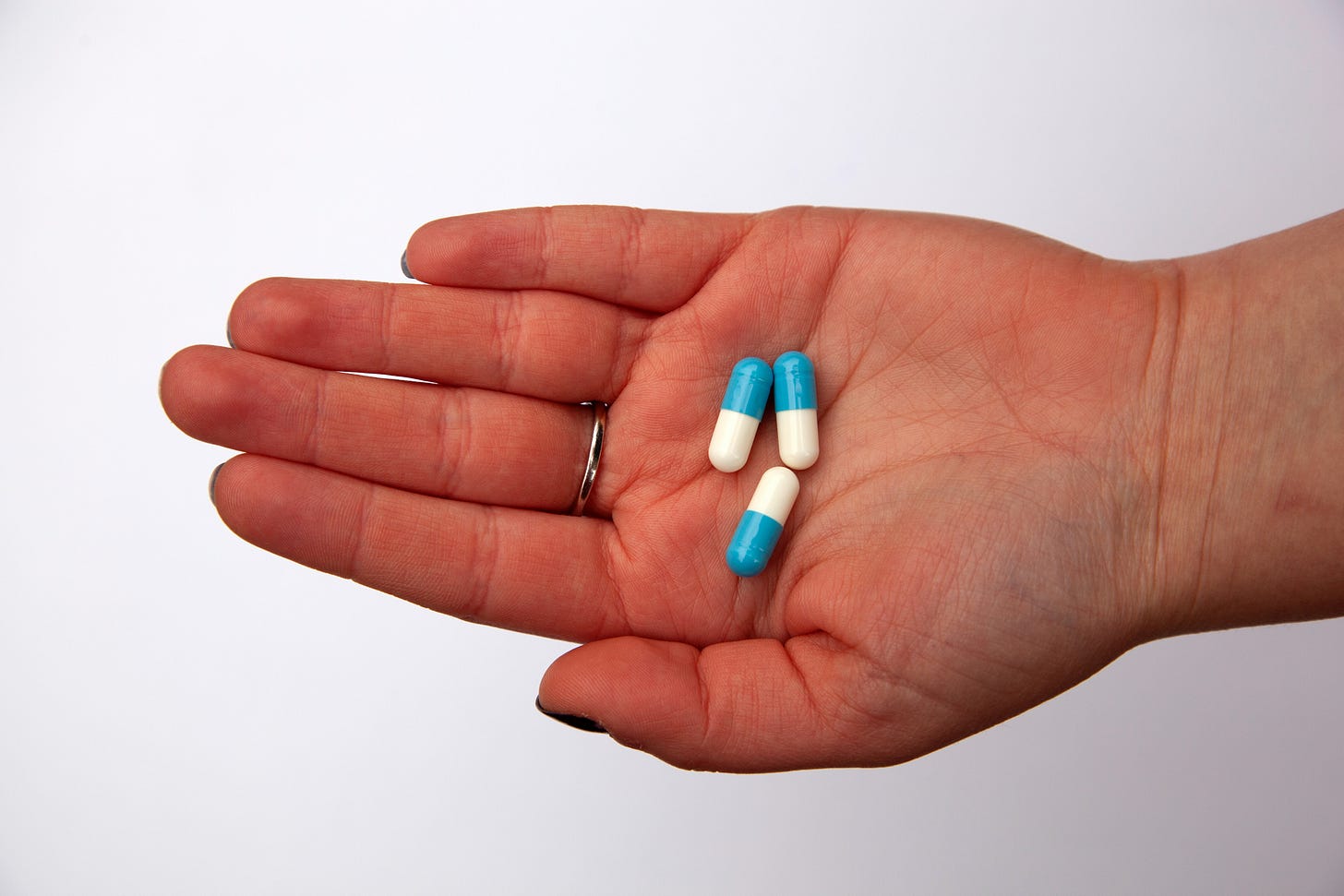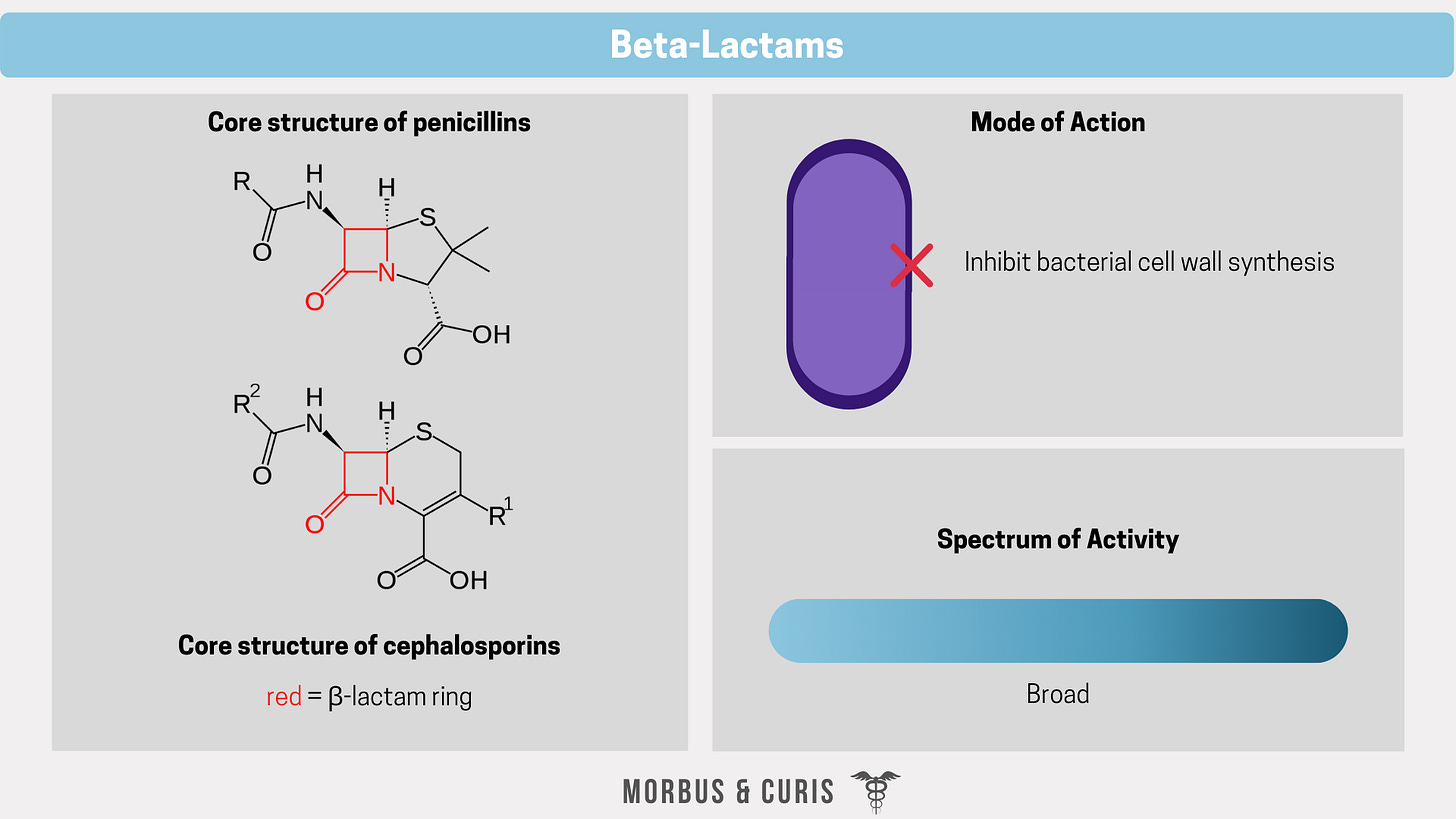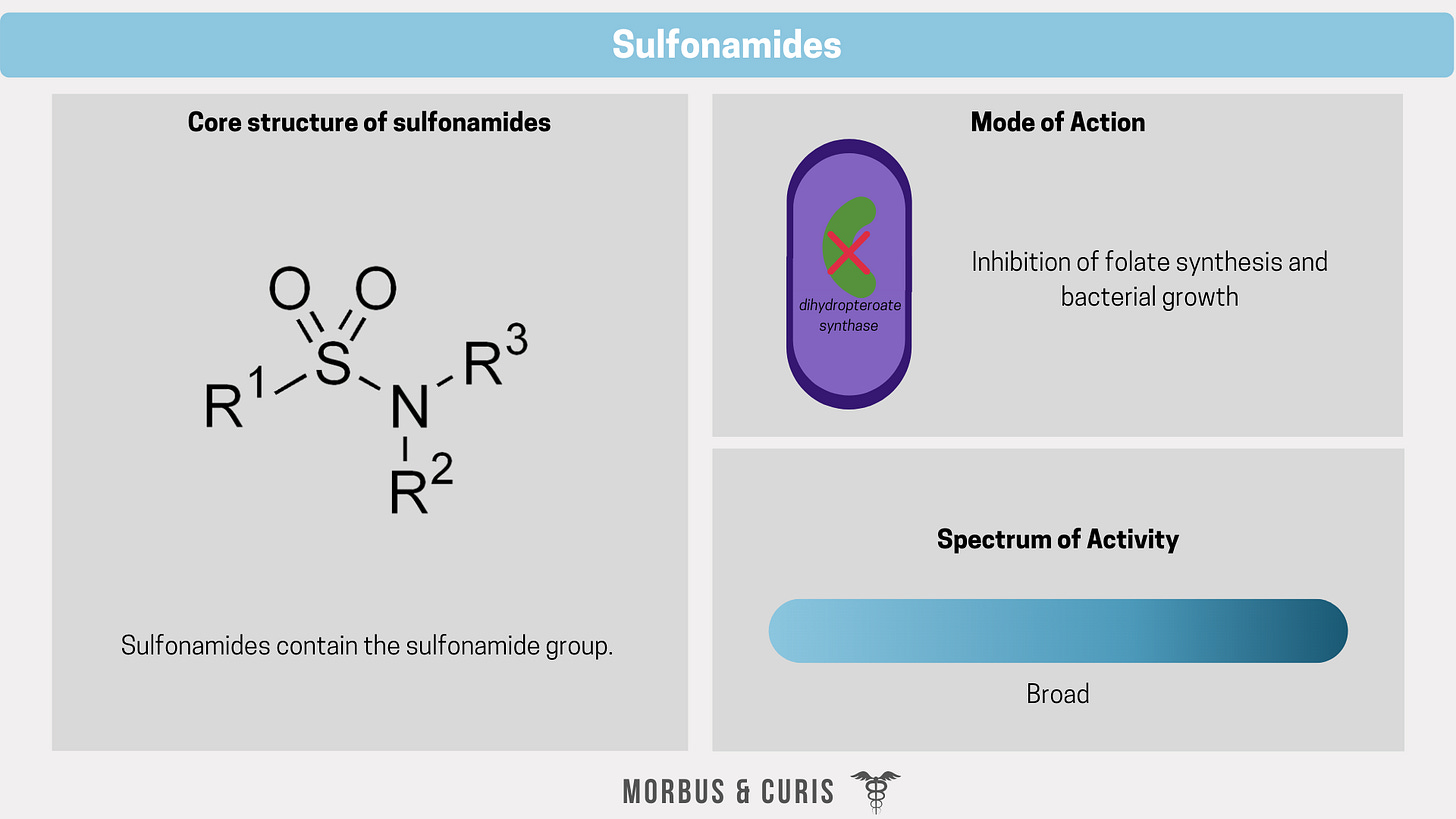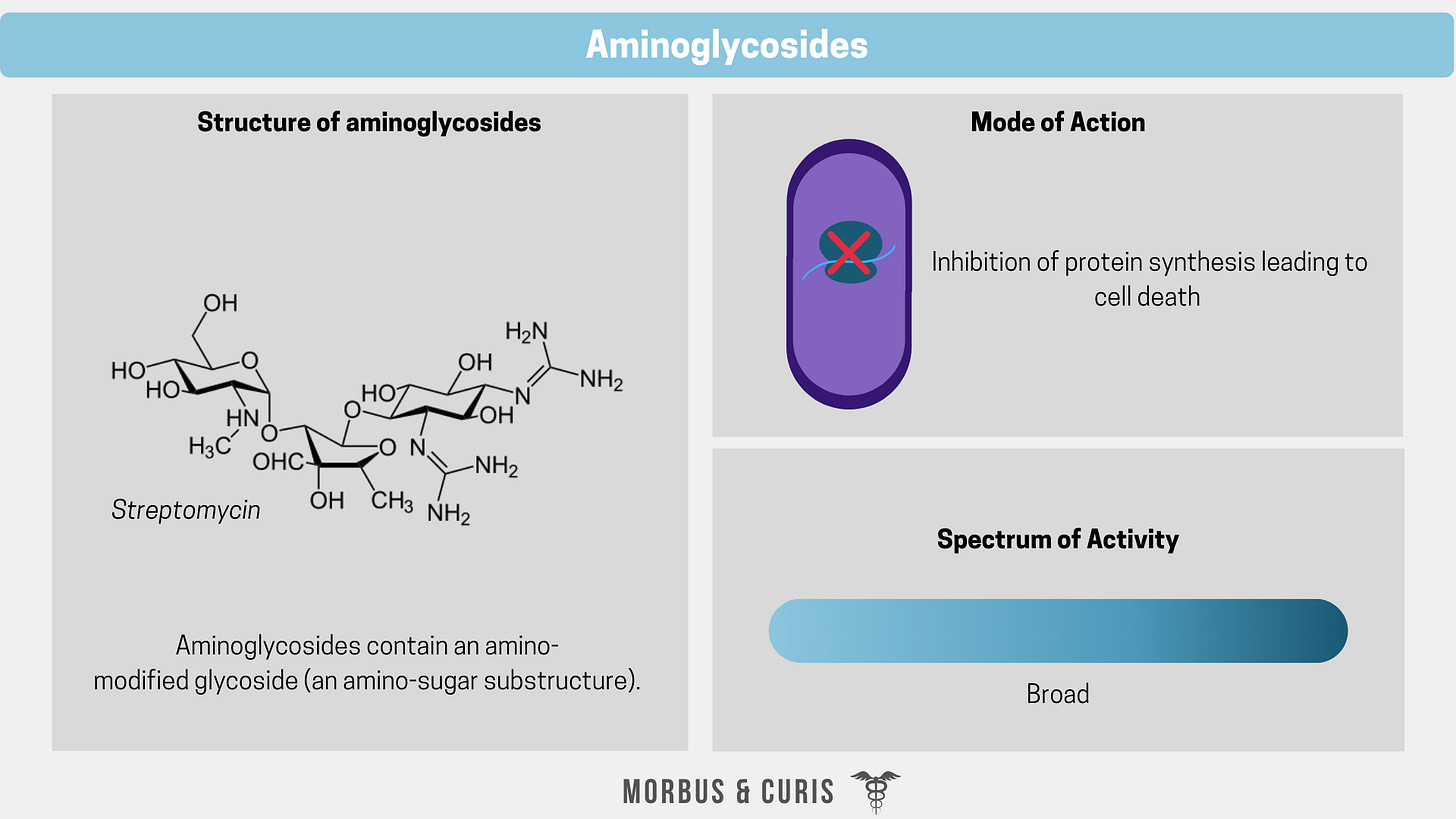An Overview of the Different Types of Antibiotics
Welcome to Morbus & Curis, a blog about disease and healthcare. Today’s blog post is an overview of the different types of antibiotics.

What is an Antibiotic?
An antibiotic is a drug that is used to kill or slow the growth of bacteria. They are routinely used to fight diseases and infections caused by bacteria but they cannot fight viral infections.
Different Types of Bacteria
Before looking at how antibiotics can be classified it’s important to note that bacteria can also be classified into distinct groups. There are two main classes:
Gram-positive bacteria, which have a thick peptidoglycan layer and no outer lipid membrane.
Gram-negative bacteria, which have a thin peptidoglycan layer and have an outer lipid membrane.
Their names derive from the Gram staining technique, following which Gram-positive bacteria retain the dye and appear purple under a light microscope, whereas Gram-negative bacteria appear red.
Different Types of Antibiotics
There are various ways we can group antibiotics.
Most antibiotics are classified according to their molecular structure and antibiotics that share the same core structure typically act in a similar manner.
More broadly, antibiotics can also be grouped according to their mode of action on bacteria:
Bacteriostatic antibiotics inhibit the growth and reproduction of bacteria
Bactericidal antibiotics lead to bacterial cell death
In this overview, different antibiotics are grouped according to their molecular structure.
Beta-Lactams
Beta-lactam antibiotics include a wide range of antibiotics that all contain a beta-lactam ring in their structure. Examples include penicillins, cephalosporins and carbapenems. They inhibit bacterial cell wall synthesis and are bactericidal.

Tetracyclines
Tetracyclines are bacteriostatic antibiotics that inhibit protein synthesis. They have broad-spectrum activity, being effective against both Gram-positive and Gram-negative bacteria, but their use is declining as instances of bacterial resistance are increasing.

Quinolones
Quinolones are a group of synthetic antibiotics that contain fused aromatic rings and a carboxylic group. Most also contain a fluorine atom, hence they are also known as fluoroquinolones.
They work by inhibiting DNA replication and transcription, which leads to cell death.
Although the quinolone ciprofloxacin is one of the most widely used antibiotics globally, quinolones have potentially disabling side effects.

Macrolides
Macrolides are bacteriostatic antibiotics that inhibit protein synthesis and consequently bacterial growth. They are most effective against Gram-positive bacteria.
Their common structure is a 14, 15 or 16 membered macrolide ring.

Sulfonamides
Sulfonamides are named after their sulfonamide group. They are bacteriostatic antibiotics that stop cell growth by inhibiting the enzyme dihydropteroate synthase, which is involved in folate synthesis.

Glycopeptides
Glycopeptides inhibit bacterial cell wall synthesis and are mostly bacteriostatic against a limited range of bacteria.
One example of a glycopeptide antibiotic is vancomycin, which is normally used as a last resort drug against methicillin-resistant staphylococcus aureus (MRSA) infections in critically ill patients.

Aminoglycosides
Aminoglycosides inhibit protein synthesis resulting in cell death.
Their use is limited due to toxicity issues. Additionally, they cannot be taken orally due to absorption problems and so must be given intravenously.

Chloramphenicol
Chloramphenicol is a distinct bacteriostatic compound that inhibits protein synthesis in a wide range of bacteria.
Its use is declining due to toxicity concerns and increasing instances of bacterial resistance.

Oxazolidinones
Oxazolidinone antibiotics all contain 2-oxazolidone in their structure. They are only effective against Gram-positive bacteria in which they inhibit protein synthesis.

Ansamycins
Ansamycins all contain an aromatic ring and an aliphatic chain. They work by inhibiting RNA synthesis in bacteria, which results in cell death. They are mainly effective against Gram-positive bacteria.

Streptogramins
Streptogramins can be divided into two groups:
Streptogramin A
Streptogramin B
Both groups inhibit protein synthesis and cell growth, but when administered together there is a synergistic effect and they become bactericidal.

Lipopeptides
Lipopeptides are the most recent class of antibiotics to be discovered. They contain a lipid bonded to a peptide and work in a bactericidal manner by disrupting multiple cell membrane functions.

Lincosamides
Lincosamides inhibit bacterial protein synthesis and reproduction. They have a broad spectrum of activity; they are effective against some Gram-positive aerobes and anaerobes* and some Gram-negative anaerobes.
*An anaerobe is a type of bacteria that can live without oxygen.

Sources
If you found this blog post helpful why not consider subscribing or sharing this post.
Cover photo credit: Mark Fletcher-Brown on Unsplash


